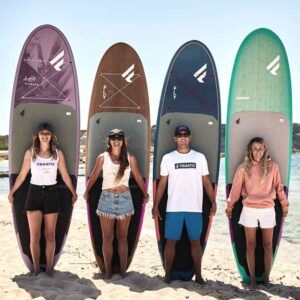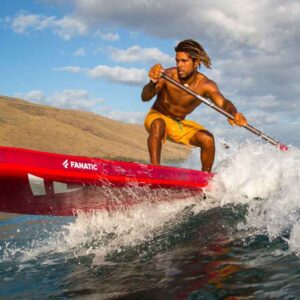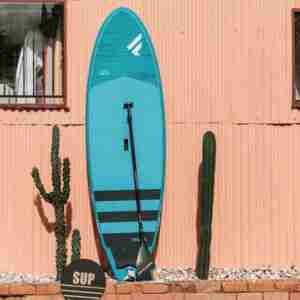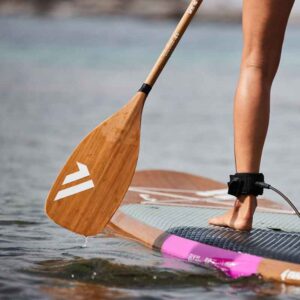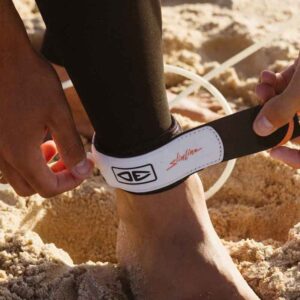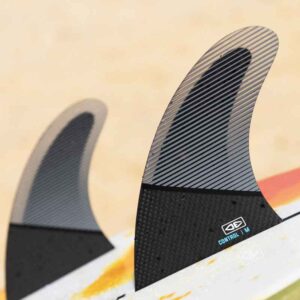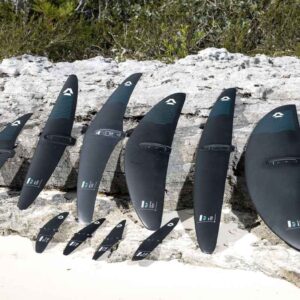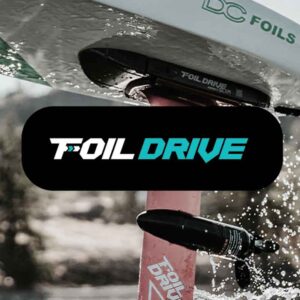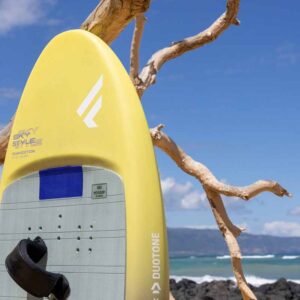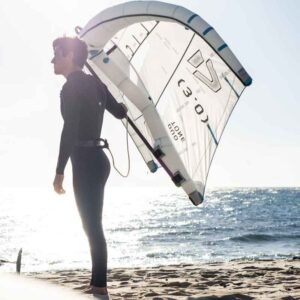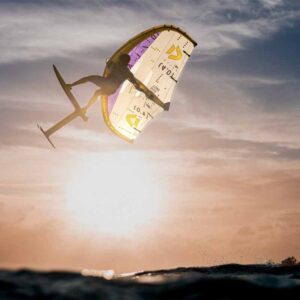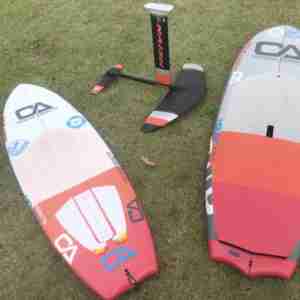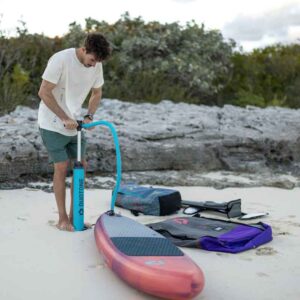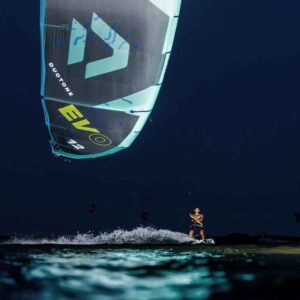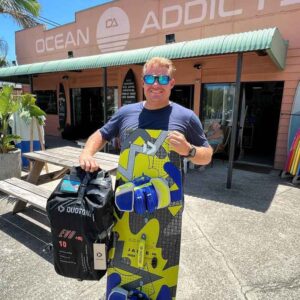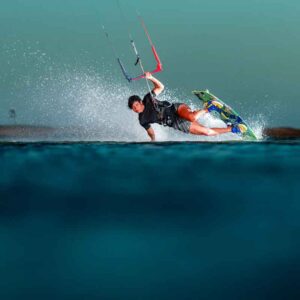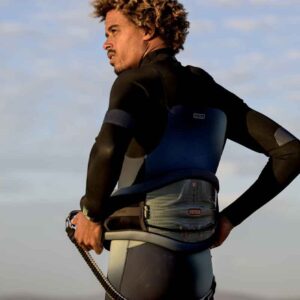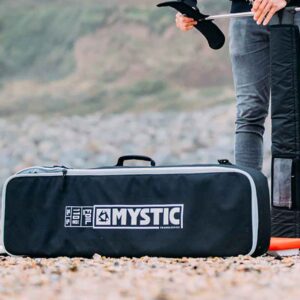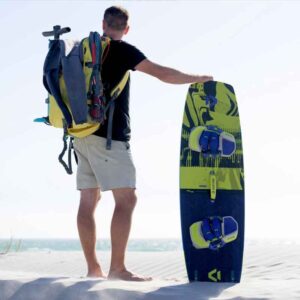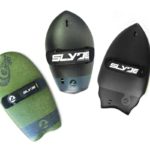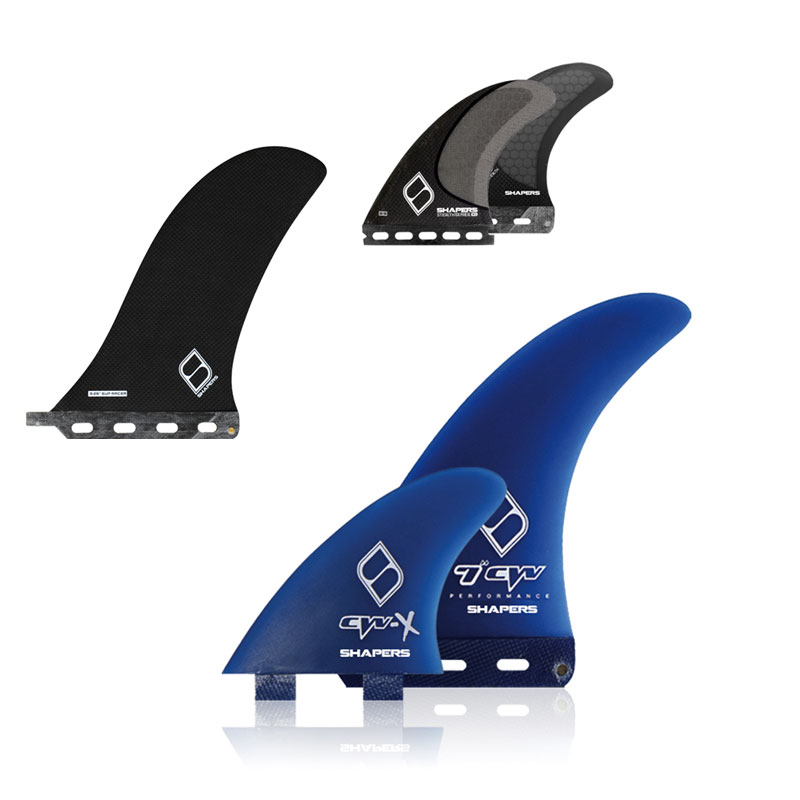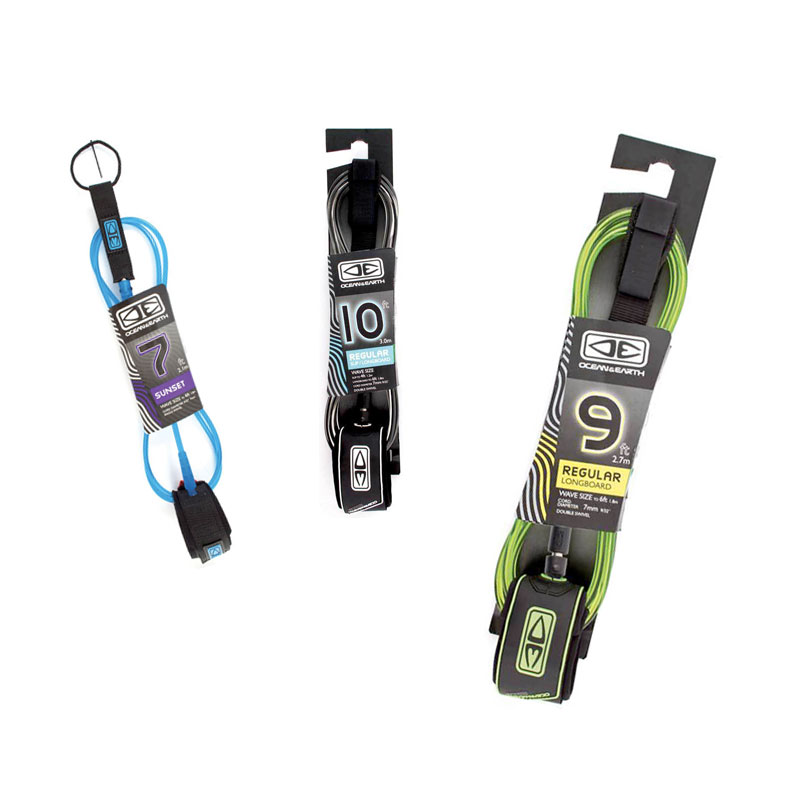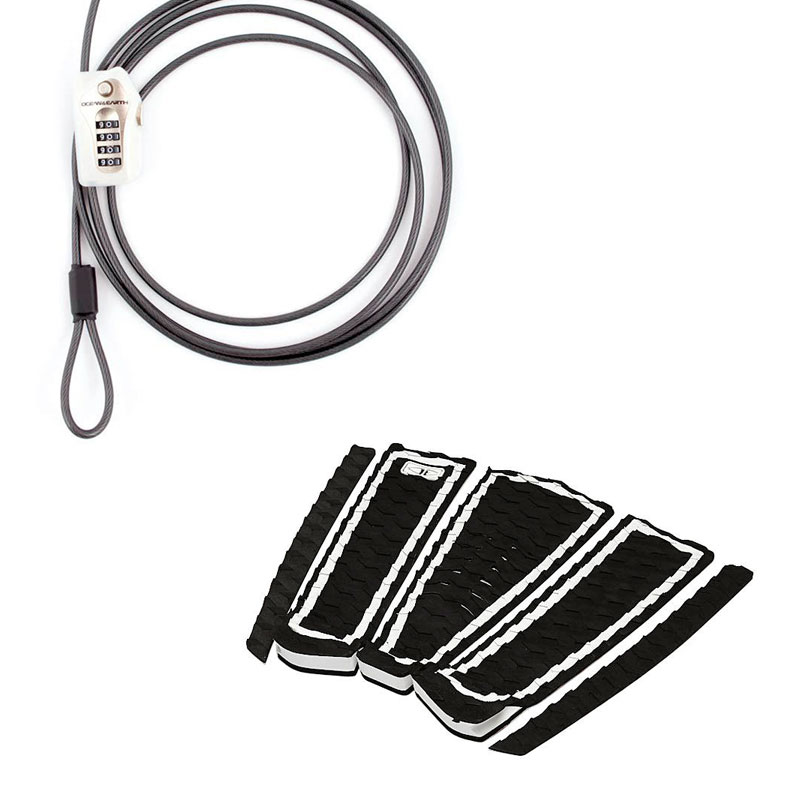There are numerous methods of stand up paddle board construction, some good and some not so good!
Be very carful, do not fall victim to a glossy colourful paint job or wood veneer finish from a unfamiliar brand or one with a price tag that seems suspiciously cheap. Chances are Whats lying underneath is more than likely a cheap polyester foam wrapped with a thin wood veneer laminate.
Boards made like this just simply can not withstand any regular use, Regardless if your just cruising the canals let alone taking them in the surf. We see boards like this coming in for repair every week, others once damaged just get discarded and never see the water again. Be carful get the right advise and shop with confidence.
Over the years Ocean Addicts has built a reputation on providing the best quality equipment at the best possible prices. We continue to strive to bring you the best quality and performing boards that are available on the market today.
Ocean addicts also offer a range of quality price point boards that are the perfect stepping stone for those a little unsure if they will get the value out of a more expensive model.
Bellow we are going to look at 4 of the most common constructions of boards we sell here at Ocean Addicts
These constructions are:
Wood sandwich construction Starting at $2099
AST (advanced sandwich construction) Starting at $1499
Carbon Starting at $2099
Pop out Starting at $1299
The common thing among all of these construction methods is that they all involve the use of an EPS (expanded polystyrene) foam. This is a closed-cell foam, think foam esky. The foam cells themselves are impervious to water, but if water gets into the spaces in between, you’re in trouble. So the foam is surrounded in a variety of methods.
The density of the foam core varies by manufacturer. The less dense the foam, the lighter the core, but the less durable the foam is. So to make a lower density foam core board as durable as a more dense foam core, the materials surrounding the core need to be stronger to compensate.
1-Wood Sandwich construction- These boards feature a foam core wrapped with fiberglass, a wood veneer and more fiberglass. The number of layers and weight and type of fiberglass used will also vary by manufacturer. More layers usually add durability, but also add weight. Most wood sandwich construction features north/south and east/west fiberglass mats to make it lighter, stiffer and less likely to break. There is typically PVC in the stance area to add strength and stiffness. And there is another “sandwich” of glass, wood veneer and glass on the top. The board is then finished. Some boards are painted, some are clear coated so you can still see the woodgrain of the veneer. The core is sandwiched on the top and bottom with much thinner sandwiches.
This is the most common type of stand up paddle board construction and can be found in a variety of price ranges depending on the quality and quantity of materials used.
All but the low-end sandwich boards are vacuum bagged. The “blank” (EPS core) serves as a mould. The wet composite (fiberglass and epoxy resin) is applied along with a fabric that won’t adhere well to epoxy (peel ply) backed by an adsorbent layer. A vacuum pump sucks out the air. Excess epoxy is pushed out through the peel ply into the adsorbent material. The result is a lamination free of voids, without excess epoxy (which would add weight) and with a higher strength to weight ratio.
2-AST construction is similar to wood sandwich. It also features an EPS foam core, a “sandwich” of fiberglass, wood, and fiberglass on the top and bottom and there is a wood veneer for compression resistance in the stance area. These boards do not contain any PVC. The fiberglass is unidirectional so it better resists small dings and cracks. These boards are usually more durable and lower priced. They typically have a matte finish. These do not have stringers, but often have extra glass in the area where stringers would go.
3-Carbon boards use carbon or a combination of carbon and fiberglass layers. The standing area is reinforced with PVC. Carbon is very strong, stiff and lightweight. These boards usually cost a substantial amount more than other boards. They are also easier to handle, and the reduced swing weight makes them easier to manoeuvre on a wave.
4-Pop out uses a mould that is injected with EPS foam. Then the foam blank is glassed with epoxy resin and fiberglass, often under high heat and or pressure creating a very durable shell on the board. The finish is usually even and plastic-like. These boards are lightweight and very durable. But shapes are much more limited. The cost of creating the moulds is significant so shapes do not change often.
These methods all have their advantages and disadvantages. Talk to us at Ocean Addicts to find out which is right for you. There are many factors to consider in determining your ideal board. Construction is just one of those factors.
Finding the shape that is right for you, in a budget that you are comfortable with is just as important as how the board is put together.

